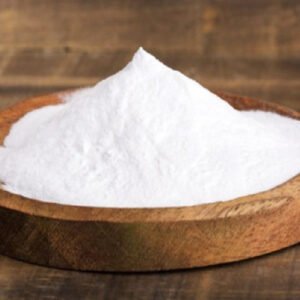Description
Maltodextrin
Maltodextrin is a type of carbohydrate commonly derived from starch, such as corn, wheat, or potatoes. It is a white or off-white powder that consists of chains of glucose molecules. Maltodextrin is produced by the partial hydrolysis of starch, breaking it down into shorter chains of glucose molecules. The resulting powder has a neutral taste and is easily digestible.
Maltodextrin has a variety of applications in the food and beverage industry due to its unique properties. Here are some of its key uses:
Food Additive: Maltodextrin is widely used as a food additive to enhance texture, increase shelf life, and improve the overall quality of food products. It is commonly added to processed foods, such as snacks, baked goods, dairy products, and beverages. It acts as a bulking agent, providing a smooth and creamy mouthfeel.
Thickening Agent and Stabilizer: Maltodextrin has the ability to absorb and retain water, making it useful as a thickening agent and stabilizer. It adds body and viscosity to sauces, dressings, soups, and gravies. It helps prevent separation and provides a consistent texture.
Sweetener: While maltodextrin is not as sweet as sugar, it can contribute to the sweetness of certain food products. It is often used in combination with intense sweeteners to provide a balanced and less intense sweetness profile. Maltodextrin is commonly found in powdered drink mixes, desserts, and low-calorie foods.
Sports Nutrition: Maltodextrin is a popular ingredient in sports and energy drinks. Due to its high glycemic index, it is quickly absorbed by the body and can provide a rapid source of energy for athletes and individuals engaged in intense physical activities.
Nutritional Supplements: Maltodextrin is used as a bulking agent in nutritional supplements and meal replacement products. It helps provide additional calories and carbohydrates in a convenient and easily digestible form.
Pharmaceutical and Cosmetic Applications:Maltodextrin has applications in the pharmaceutical and cosmetic industries. It can be used as a filler in capsules and tablets, aiding in their formulation and manufacturing. In cosmetics, it is utilized as a binding agent, emulsifier, and moisture retainer






